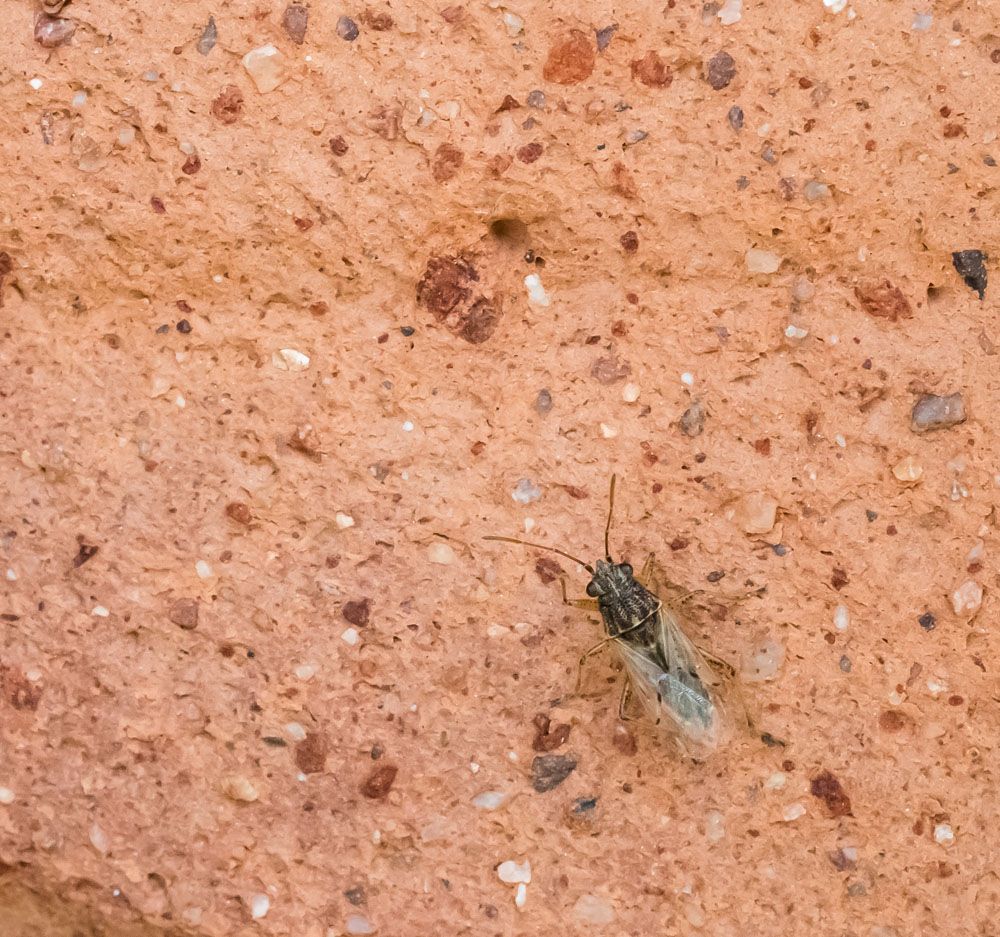
False Chinch Bug – Nysius raphanus
False Chinch Bug: Appearance, Territory, Damage and Life
Latin name: Nysius raphanus
Appearances: Adults are 1/8 to 1/6 inch long, grayish-brown, and thin. Their forewings, which are partially thickened and partially membranous like those of many other insects in the order Hemiptera, fold into an X-shape on the back of the body when folded. Nymphs, or immature stages, lack wings and resemble individual coffee grounds in size and color from a distance. Nymphs have a mottled gray-brown color, and their abdomens frequently have reddish or orange markings.
Host plants: Typically found in uncultivated fields, the false chinch insect feeds on a range of weeds, mainly crucifers (Brassicaceae). Additionally, they consume a wide range of cultivated plants, mainly those with flowers and seeds, such as turfgrass, kochia, potatoes, lettuce, pigweed, and quinoa. They eat mustard, canola, and radish greens among cultivated crucifers.
Territory: The false chinch bug, which was first identified from a specimen in Kansas, is extensively distributed over North America, Mexico, and the West Indies. The southern and western United States are where this species is most prevalent.
Damage insect caused: False chinch bugs are only thought to be a problem for seedlings during normal years. Plants rarely die; however, they may wilt. Larger annual plants and established perennials are large enough to withstand attacks largely unharmed. However, when populations are high in wet years, both farmers and residents may become concerned due to the sheer amount of these pests. As waves of these insects totally engulf garden and landscape plants, homeowners have been particularly hard struck. It seems like the ground is moving, according to some homeowners.
Life cycle and habits: The false chinch bug can overwinter in all life stages under leaf litter and other plant residue in uncultivated fields. It is multivoltine, with up to three generations per year. False chinch bug eggs are 1.5 mm length and 0.4 mm wide, and they have a pinkish tint. Around the base of the host plants, the eggs are placed in or close to the soil. Eggs have been spotted on live plant matter or leaf litter that is in contact with the earth’s surface, as well as in loose soil. The false chinch insect matures through five nymphal instars (stages) after egg hatching, and is frequently seen during the day in the leaf litter near the base of plants. The nymphs have orange abdomen markings and resemble miniature, wingless adults.
